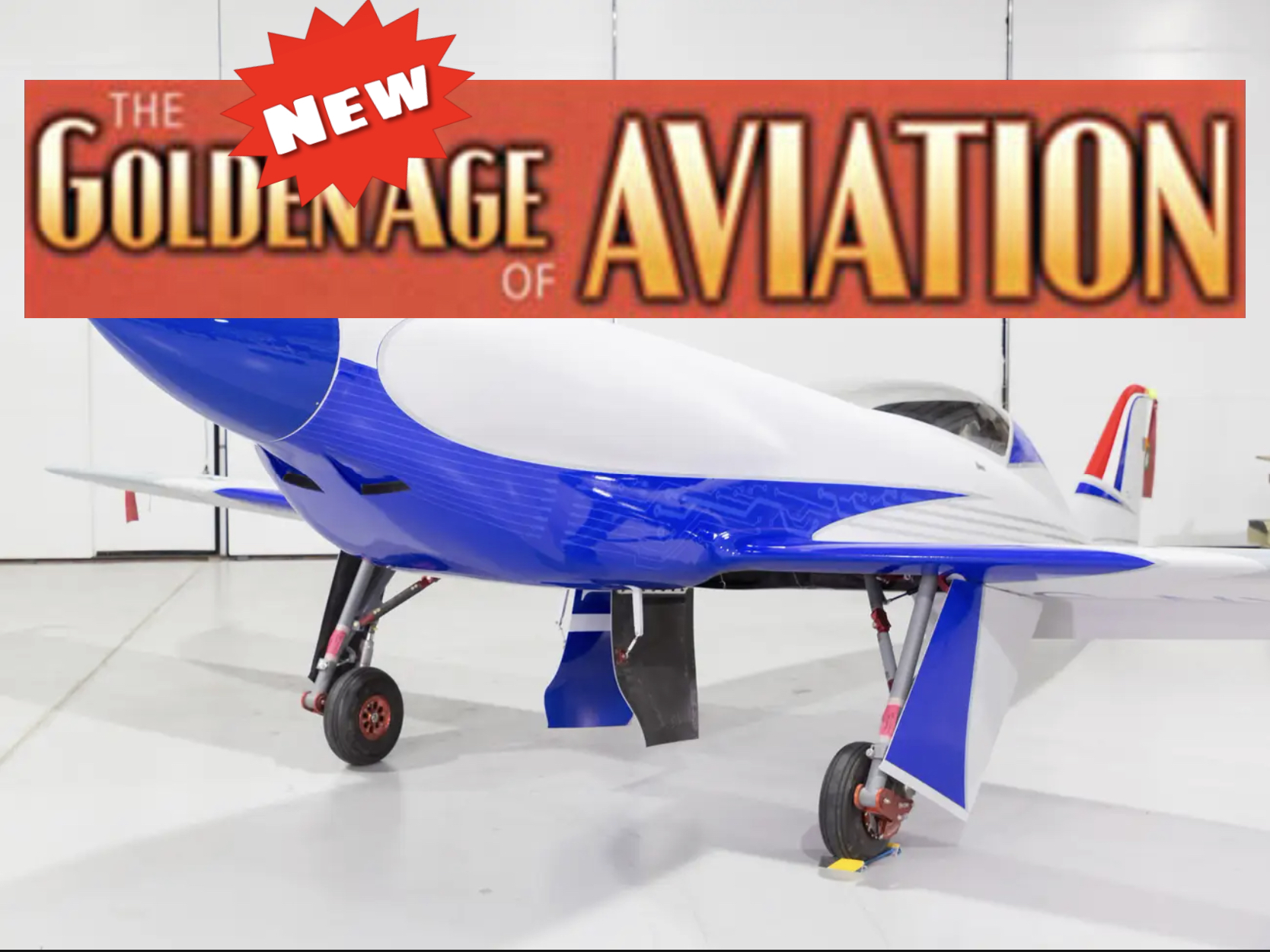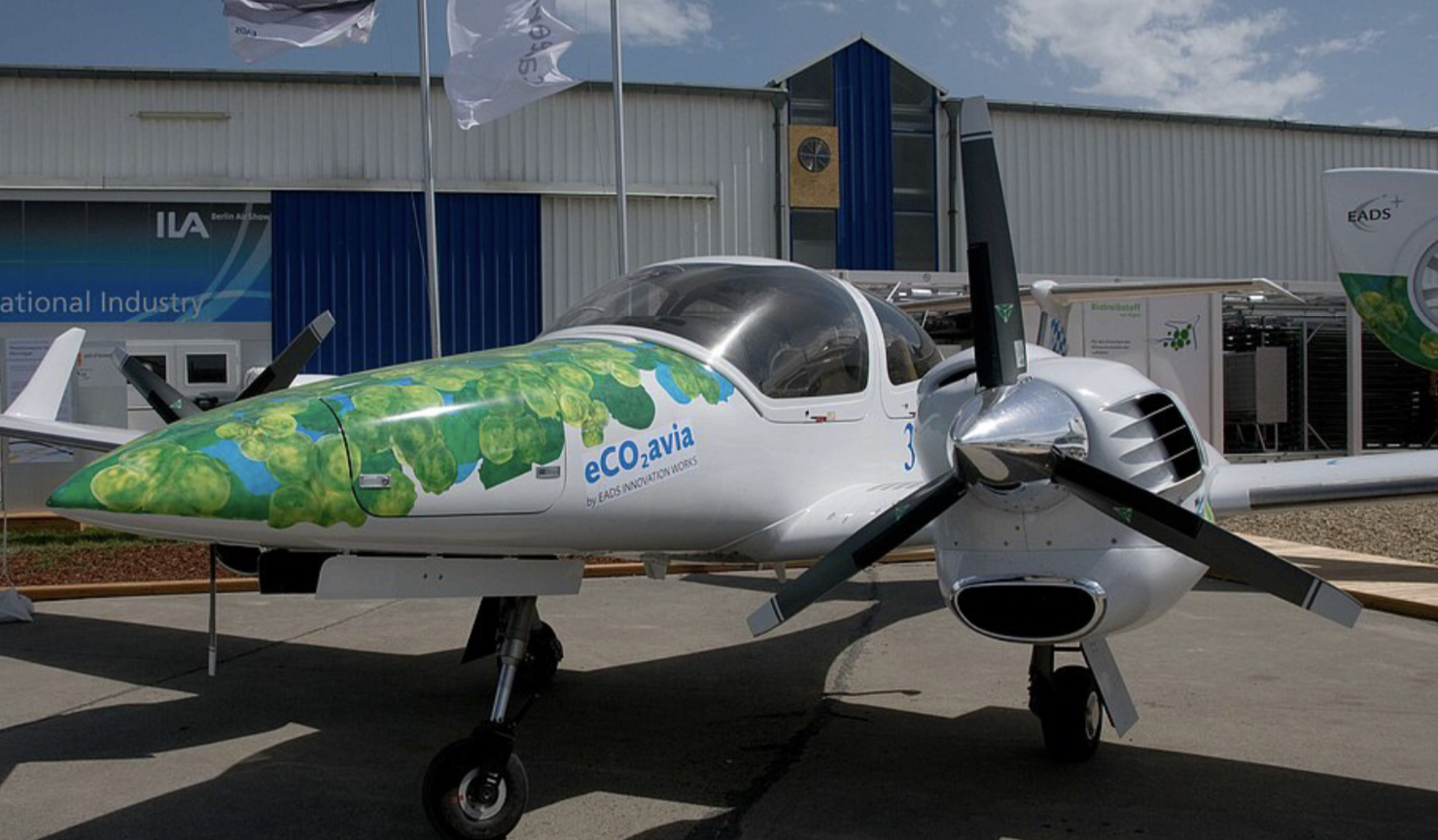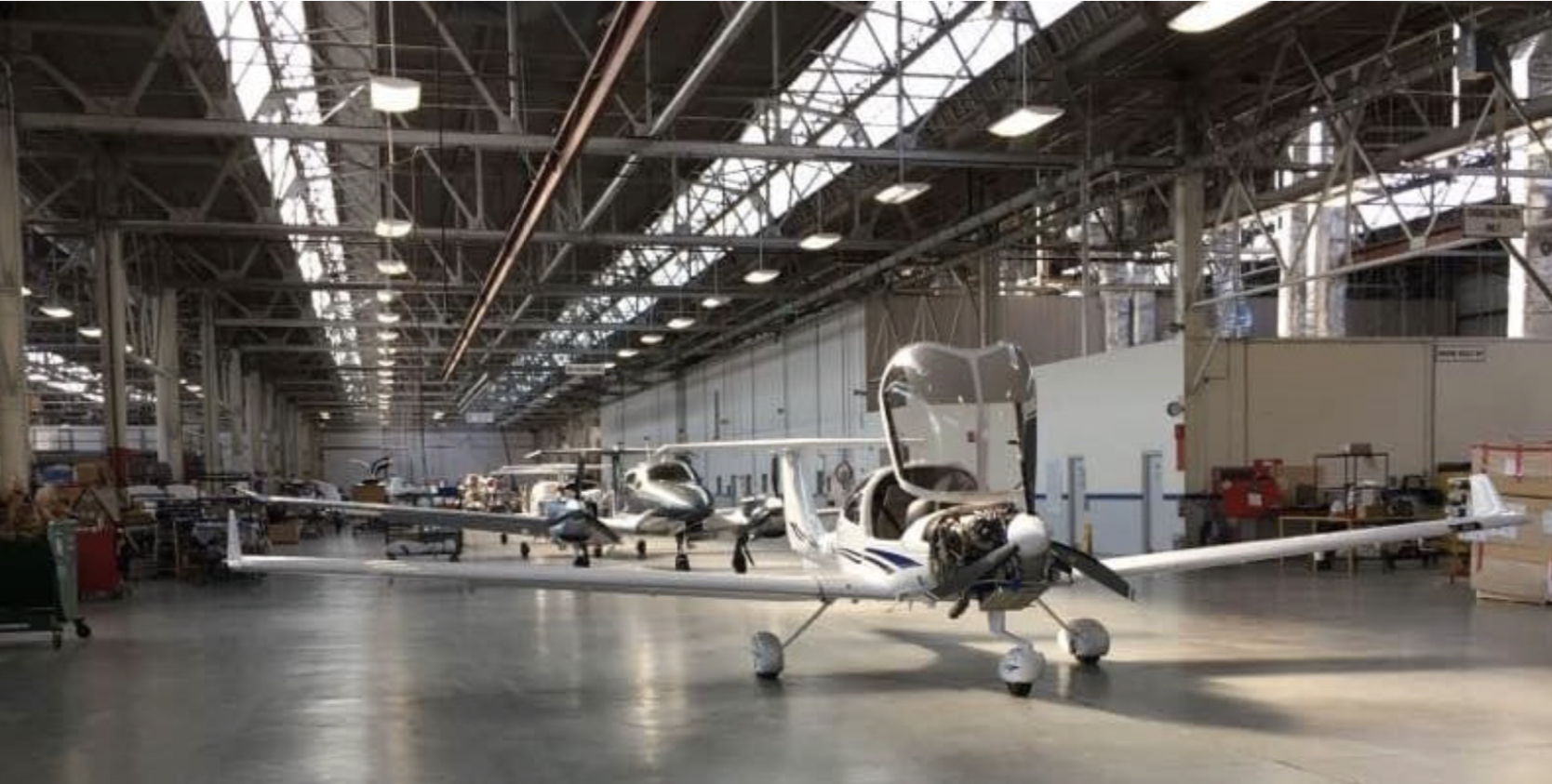
By Mark Brooks
Aviation’s first Golden Age is commonly accepted to have lasted for several decades beginning with Charles Lindbergh’s Atlantic flight in June, 1927. It was a period of record-breaking flights, air races, the first commercially-viable airliners and major advances in aviation technology. These advances changed the world with improved commercial links and prosperity. Now, a new wave of aviation innovation is underway promising a new golden age of efficiency, mobility and prosperity. The holy grail of net-zero carbon aviation is in sight and GA (General Aviation) is expected to be the first to benefit.
Canada’s small population spread over a vast geography has always made traditional airline economics iffy. Today, small aircraft provide individual mobility and services but at a much greater per seat cost than passenger jets such as the Airbus 320. Now new technology promises to dramatically lower the cost of mobility by air and win the fight against the threat of global warming and the age-old tyranny of geography.
Today GA (General Aviation) is an important part of Canada’s transportation ecosystem. It has always been key to training both the pilots and aviation mechanics of the future. Now it is at the forefront of the development of new engine, airframe and avionics technology.

To understand GA’s amazing future, we don’t need a crystal ball, just an understanding of technology, economic and environmental trends. GA is no longer just flight training or a small group of aviation enthusiasts firing up an ancient Cessna. It is a growing part of our economy driven by companies and individuals seeking more control over their mobility in Canada’s vast geography. GA delivers the ability to travel in small groups or move high value goods quickly and efficiently on demand anywhere in Canada. Many small aircraft are critical to a business’s competitive advantage while others provide essential services including medical evacuation, supply runs to fly in communities and remote work sites.
The records that will be broken in the new golden age of aviation are familiar to any pilot with one exception. The old goals of a reduction in cost per km flown, increased speed, efficiency and safety will be teamed with a new net carbon neutral goal. Over the next three decades four trends are set to drive growth in the adoption of new small to medium size aircraft:
1) A dramatic reduction in costs per km flown. GA will be the first to adopt new engine and airframe technology that is promising a significant improvement in fuel efficiency, reduced engine maintenance costs and faster speeds. Savings in fuel burn per km and new more flexible “fuels” including electric flight can create improved logistics.
2) Growing road and rail congestion will highlight aviation’s ability to fly road- and rail- free. Booming global prosperity will push existing ground transportation infrastructure to its limits around the world. Environmental and land use concerns will constrain the ability to build new highways, rail and other carbon intensive mega-infrastructure projects. IATA (International Air Transportation Association representing 290 airlines) projects that the movement of people and high value goods by air will double from 2019 levels worldwide in the next twenty years. In addition to flights between cities a new solution to congestion inside a large city could be Urban Air Mobility (UAM). Imagine the efficiency of a network of air taxis connecting urban centres and transportation hubs across the greater Toronto area. A two hour taxi ride from St. Catharines to downtown Toronto could be replaced by a 15 minute automated flight.
3) Net-zero carbon flight will seal aviation’s position as a dominant way to travel long distances for centuries to come. With SAF (Sustainable Aviation Fuels), new hybrid electric engines, battery and hydrogen fuel cells advances, aviation is being reborn as the most environmentally friendly way to travel. GA will be at the forefront of a personal net-zero carbon transportation revolution. Nothing will be able to beat aviation’s ability to fly straight as an arrow, asphalt free. ICAO’s roadmap for aviation’s technology and supply chain development provides a clear path to net-zero carbon emissions by 2050.
4) Unmanned flight: The technology advances around automated flight is enabling the deployment of large long-range drones and UAM. This will enable new business models and supply chains. Aircraft-sized drones are expected to play an important role in the “just in time” delivery of goods both locally and in a globally interconnected supply chain.

In Canada, the new advances in aviation technology will finally defeat the tyranny of geography and dramatically reduce the cost of travelling in small groups into the back of beyond of our great country. Small aircraft will now become more competitive with the cost of a seat on today’s larger Airbus and Boeing jet aircraft. This will open up and connect smaller Canadian towns and cities once isolated by distance and geography. From a friend’s cottage to a fishing lodge, a business trip to a small town thousands of km away, Canadians will be able to connect to each other and to the rest of the world like never before. All of Canada will become an aerodrome.
Airlines are forecasting dramatic growth in both regional and long-haul aviation. The trend is to drop much of today’s hub and spoke airport system in favour of direct point to point flights in smaller aircraft. At the lower end of this trend is business, utility aviation and privately owned
GA aircraft. Air taxi, air charter and cargo drone delivery services will all benefit from the low cost per km of hybrid electric propulsion technology.
The ubiquity of air travel, overnight shipping, and global business networks has turned the old relationship between an airport and the city it serves inside out. Cities can benefit from this trend by planning to become an aerotropolis. Subdivisions should be planned away from the approach paths to an airport and business parks build next to – or at least close to – an airport for a logistical advantage. Local accessible aviation capacity is both a profit centre and an economic engine that cities gravitate toward and need to plan to grow around. Airports connect workers, suppliers, business leaders and high-value goods to the Canadian and the global markets. Now smaller towns can benefit from the same trend.

The one glitch to the new golden age of aviation is Canada’s misaligned and aging airport network. In Canada, the only thing constraining aviation’s growth is the lack of affordable airport infrastructure. This is inhibiting the ability for Canadians to capitalize on new technology and sustainable aviation trends. The lack of aviation infrastructure is especially acute in the Toronto region due to rapid growth and an archaic federal political structure that is restraining the development of new airports.
What Canada needs is a new national aviation infrastructure plan with redistributed responsibilities. This plan needs to recognize the new aerotropolis model and break the monopolies of Canada’s big six existing airports that are often as not using a scarcity for profit business model.
A good example of Canada’s growing aviation disconnect is the gold-plated infrastructure and outsized costs of Toronto Pearson airport.

Today, if a small aircraft lands at Toronto Pearson airport, parks for an hour and departs without taking fuel or any other services, the pilot will be billed $1100 (including a $575 landing fee, $250 from the FBO just to park and other assorted fees and taxes). The highest fees by far of any airport in the North America. This is an 800% increase since 2012 when the same aircraft would have paid a fee equal to a taxi ride to the airport, a mere $117. General Aviation at Pearson has now become the playground of the wealthy elites in million-dollar gas-guzzling jets.
The inconvenient truth is that it now costs more to land a new four seat DA40NG aircraft at Pearson airport than to buy the fuel it would use to fly from Vancouver to Toronto (between 350 and 440 litres depending on routing and winds).
What Canada needs is new publicly-accessible, privately-funded, blue-collar airports such as the new Pickering Aerotropolis being planned east of Toronto in the city of Pickering. What Canadian aviation needs is competition.
Over the next several decades, aviation growth and technology improvements will change Canada for the better and help us achieve net-zero carbon emissions by 2050. But only if we plan for it today by breaking the political culture and economic monopolies that stand in the way. The skies are about to get very busy with the hum of a new generation of aircraft. Both the tyranny of geography and threat of global warming can be beaten by the dawn of a new Golden Age of Aviation.
References:
EADS aircraft runs on algae biofuel – Make Biofuel
Hybrid electric aircraft – Wikipedia
Panthera – Pipistrel Aircraft (pipistrel-aircraft.com)
Pipistrel Aircraft (pipistrel-aircraft.com)
Hybrid-Electric VTOL TriFan 200 cargo drone | WordlessTech
Aerion signed a contract for 20 Supersonic Jets | WordlessTech
YYZ Aeronautical Fees – Effective January 1 2021 (Rev Jan 5 21) (torontopearson.com)
Related posts:
A New Green Aerotropolis Takes Shape Near Toronto – Friends of Pickering Airport
Transform Pickering: The Airport Perspective – Friends of Pickering Airport
We need Pickering Airport now! – Friends of Pickering Airport
Canadian Airports Will Be Carbon Neutral – Friends of Pickering Airport
Pickering Utility Airport Economics – Friends of Pickering Airport
Business and General Aviation at Pickering Airport – Friends of Pickering Airport
Well said Mark
Yes.